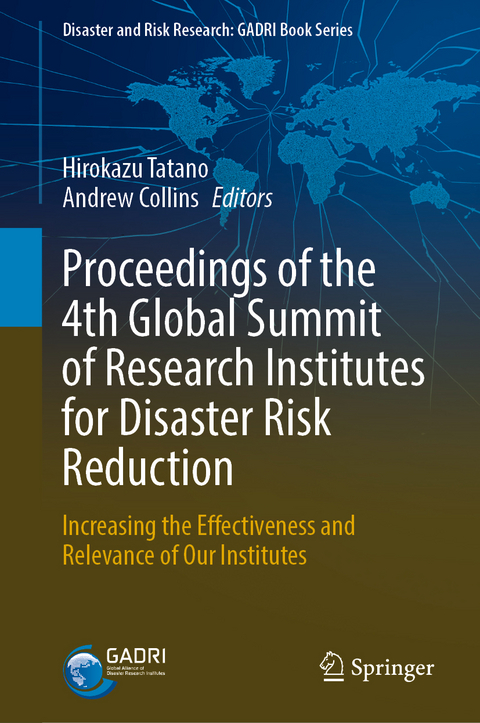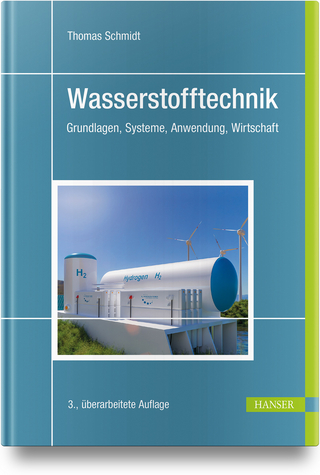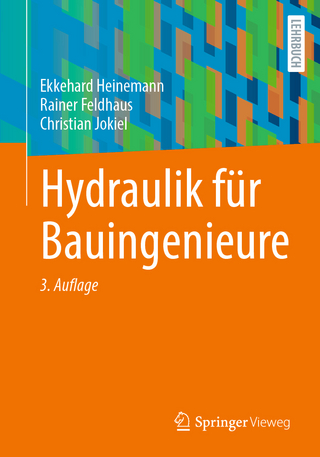
Proceedings of the 4th Global Summit of Research Institutes for Disaster Risk Reduction
Springer Verlag, Singapore
978-981-19-5565-5 (ISBN)
The Global Summit series provided a platform for researchers, practitioners, policy makers, and other stakeholders in both government and non-governmental institutes involved in disaster risk reduction and resilience to come together to discuss, share, and exchange ideas. It focuses specifically on contributing input to the contextualization and revision of the goals of the 2016 Science and Technology Roadmap toimplementation of the Priority Areas of the Sendai Framework for Disaster Risk Reduction Agenda 2015–2030, with input for GADRI to move forward in its contributions to the worldwide science community.
The conference comprised an impressive array of global stakeholders whose expertise and experience encompassed the management of knowledge and its application for governments and industries, with shared outcomes to bridge science and decision making. It enhanced a process to confront new scientific challenges in disaster risk reduction and disaster risk management.
The conference accomplished the following major goals, among others: (1) engagement in dialogue on issues related to disaster prevention and contributions to the Science and Technology Roadmap adopted to support the implementation of the Sendai Framework Agenda 2015–2030; (2) evaluation of current efforts on global and national involvement in the field of disaster prevention research in relation to the implementation of the Priority Areas of the Sendai Framework for Disaster Risk Reduction 2015–2030; (3) assessment of the status of current research knowledge and efforts, and research results at the institutional level in each country.
Professor Hirokazu Tatano is a vice-director of the Disaster Prevention Research Institute (DPRI), Kyoto University, and the head of the Research Division of Disaster Management for Safe and Secure Society. In addition, he has served as the vice-president of the International Society of Integrated Disaster Risk Management (IDRiM Society) since 2010, and as the Secretary-General of the Global Alliance of Disaster Research Institutes (GADRI) since 2015. He has carried out pioneering research on an economic consequence analysis with a major focus on economic resilience to natural disasters at the levels of individual businesses, markets, and regional economies. Another research focus is methodologies for integrated disaster risk management and governance. Through these academic activities, he wishes to contribute to establishing “implementation science” as a key area of science for disaster risk reduction. Professor Andrew Collins is the leader of the Disaster and Development Network, Northumbria University, UK, and is a professor in Disaster and Development and subject head of Human Geography, Policy and Development in the Department of Geography and Environmental Sciences, Northumbria University. He represents many disaster and development-related initiatives internationally. He led the establishment of the world’s first disaster management and sustainable development postgraduate programme launched in 2000 and the Disaster and Development Network (DDN) launched in 2004. Prior to his academic appointments, he went through the international voluntary sector. He has been elected as the first Chair of the Board of Directors of GADRI between 2016 and 2020 and of the United Kingdom Alliance for Disaster Research from 2016 until the present.
Report on the 4th Global Summit of Research Institutes for Disaster Risk Reduction (4thGSRIDRR2019).- Enhancing disaster preparedness and building resilience: UNESCO's multi-hazard, multi-disciplinary, and multi-stakeholder approach on Disaster Risk Reduction.- Presentation on “The Sendai Framework and Science Advice to Governments to Support Implementation – Suggestion on What Works”.- Presenting the “Global Risk Assessment Framework (GRAF), UNISDR – Emphasising the Relevance of Disaster Research Institutes”.- DRMKC: A collaborative approach to foster resilience.- INFRASTRUCTURE RESILIENCE: A FRAMEWORK FOR ASSESSMENT, MANAGEMENT AND GOVERNANCE.- Harnessing Scientific Knowledge and Technological Innovation for Disaster Risk Reduction (DRR) in Sub-Saharan Africa-Case of Social Media.- Concept Notes for Group Discussion Sessions.- Community resilience against flood: the case of the LIFE PRIMES project.- Yonmenkaigi System Method as an Educational Framework for Climate Change within the United Kingdom: A Pilot Study.- Personalizing a Low cost weather forecasting system.- Transforming Flood Risk Management: A Case of Kakching, Manipur, India.- Adaptive Architecture- A Pathway to Resilient Communities.- RETURN PERIOD ANALYSIS OF MAJOR FLOOD EVENTS CONSIDERING HOMOGENEOUS REGIONS.- Conceptual Design for Flood Warning Study at Recreational Area – Case study Gunung Pulai Mountain, Johor, Malaysia.- IMPACT OF VIBRATION AND MOISTURE CONTENT TO LIGHT NON-AQUEOUS PHASE LIQUID MIGRATION IN DOUBLE POROSITY MEDIA.- Resolution of the 4th Global Summit of Research Institutes for Disaster Risk Reduction: Increasing the Effectiveness and Relevance of our Institutes Held at the Disaster Prevention Research Institute (DPRI), Kyoto University, Kyoto, Japan from 13th to 15th March 2019.- Closing Ceremony.
| Erscheinungsdatum | 03.12.2022 |
|---|---|
| Reihe/Serie | Disaster and Risk Research: GADRI Book Series |
| Zusatzinfo | 104 Illustrations, color; 9 Illustrations, black and white; XXI, 330 p. 113 illus., 104 illus. in color. |
| Verlagsort | Singapore |
| Sprache | englisch |
| Maße | 155 x 235 mm |
| Themenwelt | Naturwissenschaften ► Biologie ► Ökologie / Naturschutz |
| Naturwissenschaften ► Geowissenschaften ► Geologie | |
| Sozialwissenschaften ► Politik / Verwaltung ► Staat / Verwaltung | |
| Sozialwissenschaften ► Soziologie | |
| ISBN-10 | 981-19-5565-4 / 9811955654 |
| ISBN-13 | 978-981-19-5565-5 / 9789811955655 |
| Zustand | Neuware |
| Informationen gemäß Produktsicherheitsverordnung (GPSR) | |
| Haben Sie eine Frage zum Produkt? |
aus dem Bereich


